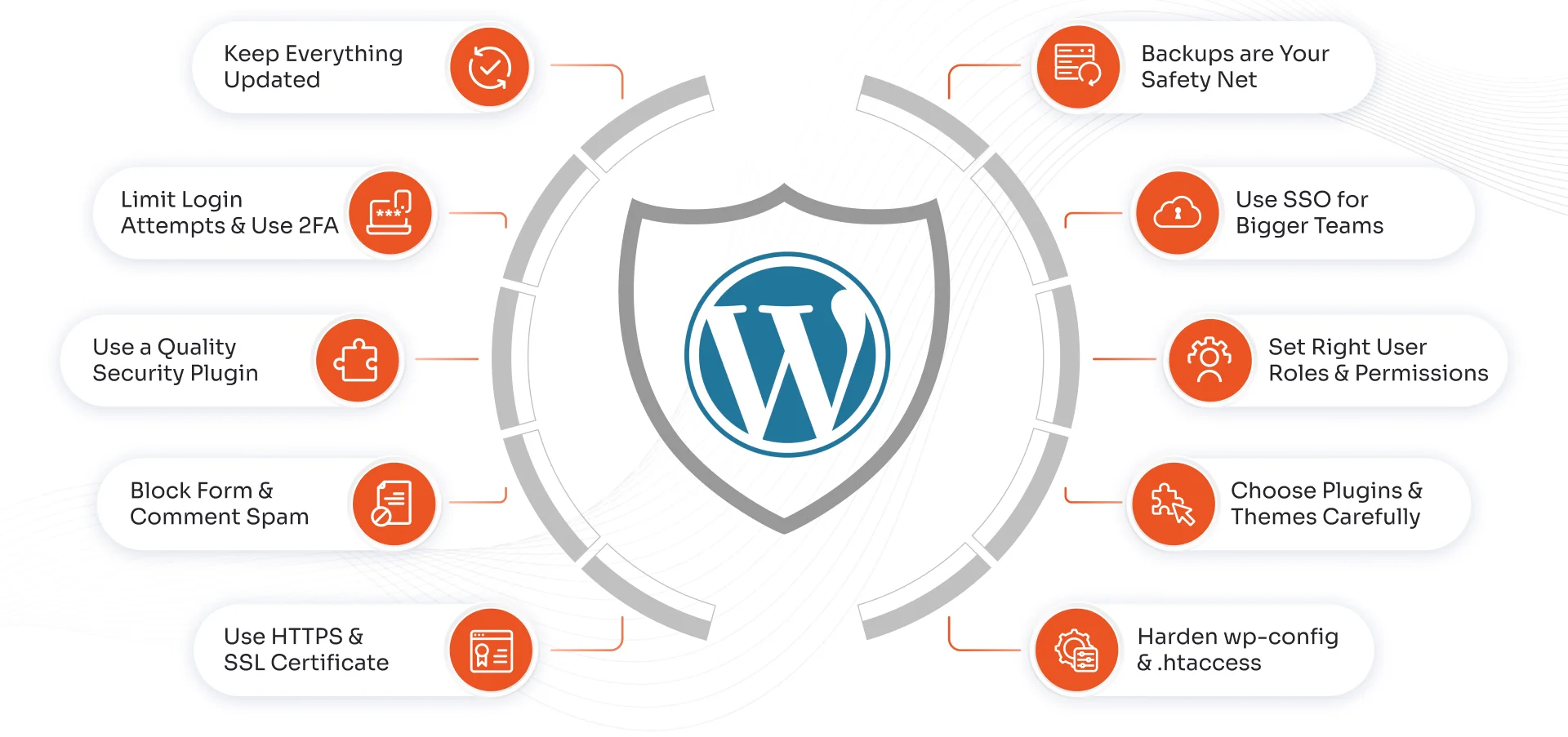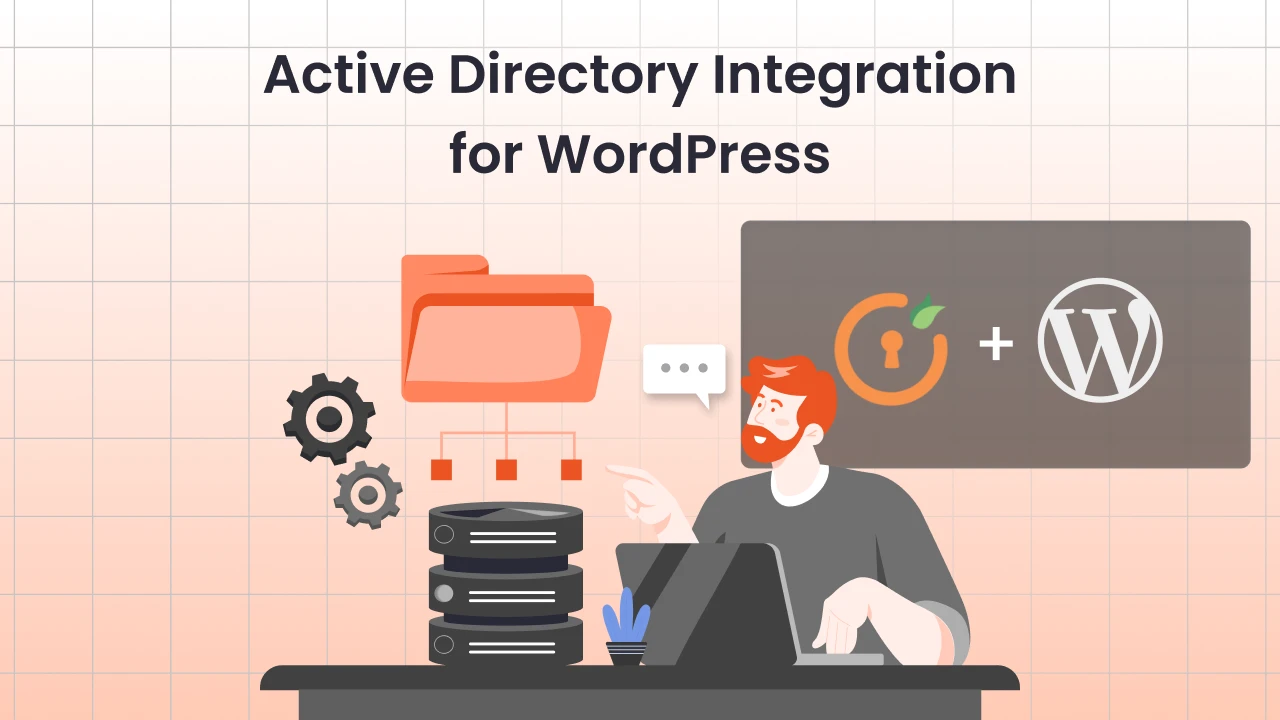In 2025, the global apparel market is projected to hit $1.84 trillion, with e-commerce fueling a significant share of this growth. That means managing product listings, catalogs, and inventory across multiple suppliers and channels becomes not just important, but essential. Regardless of whether you are operating on WooCommerce or any other e-commerce platform, you will find that keeping up with the pace of product launches and customer expectations is a full-time job.
As your business scales, diversifying your supplier base becomes a necessity. Each wholesale apparel importer, whether they specialize in basics, performance wear, or sustainable fashion, brings unique value to your product lineup. But every new partner also brings its own catalog, pricing structure, and data format:
- Some prefer to share spreadsheets or CSVs.
- Others provide API connections that feed real-time product details.
- And some still rely on manual updates, i.e., spreadsheets emailed monthly.
Not to mention, the average U.S. household now spends around $162 per month on apparel. These numbers represent both a massive opportunity and growing complexity. Thousands of SKUs, colors, and sizes; all needing accurate, up-to-date information to meet customer expectations.
It also highlights the urgency for ecommerce merchants to sync products with apparel supplier systems automatically, rather than through outdated manual processes.
Why Move Away From Manual Operations
When you launched your brand, learning how to import products to WooCommerce probably felt manageable. But what happens when your catalog grows from 200 items to 2,000? When seasonal launches require bulk updates across multiple brands and categories?
Working with multiple wholesale apparel importers like SanMar or S&S Activewear also brings more bulk updates and increases the risk of errors. Manually updating data not only wastes time, but opens the door to mistakes like:
- Displaying incorrect stock levels
- Listing outdated prices
- Offering discontinued products
As apparel e-commerce now represents over 20% of U.S. retail, such inaccuracies can hurt both your brand and your bottom line.
The most successful brands selling apparel on WooCommerce or other platforms solve the scaling problem by eliminating manual work wherever possible. Instead of hiring more people to handle increasing operational complexity, they implement systems that grow with their business. Automation through product sync solutions, API integrations, and other mechanisms enables the real-time syncing of product data, pricing, and availability, ensuring that customers always see accurate information.
Where Growing Brands Get Stuck
Juggling Multiple Suppliers
As your business grows, you naturally want to diversify your supplier base by partnering with more wholesale apparel importers and expanding your offerings on WooCommerce. But each new supplier means another set of catalogs to manage, more complex bulk imports on WooCommerce, and additional manual work to keep your store current.
The Accuracy Trap
Manually maintaining product data across platforms results in discrepancies. Outdated pricing, wrong product descriptions, or unavailable stock – all these issues can damage your brand reputation and create customer service headaches that consume even more of your time.
The Speed Problem
Fashion trends can go viral overnight. When a trending style hits social media or a seasonal promotion launches, you need your store to reflect current inventory and pricing immediately. Manual processes mean you're always playing catch-up, watching opportunities slip away while you're updating spreadsheets.
Smart Operations for Sustainable Growth: Why API Integration is a Game Changer
Modern suppliers understand these challenges, which is why companies like SanMar and S&S Activewear offer API access to their product catalogs. If you're new to the term, think of an API as a digital bridge between your supplier and your store. These APIs allow you to sync products from apparel suppliers to WooCommerce automatically, eliminating the need for manual work.
When you sync products to WooCommerce from API sources, several things happen automatically:
- Product information updates in real-time, meaning your customers always see current pricing and availability.
- New products from your suppliers appear in your store without any manual intervention.
- Seasonal catalog updates happen seamlessly, and inventory levels adjust based on actual supplier stock.
If you're wondering how to import products to WooCommerce efficiently, learn to leverage API-driven workflows. Beyond saving time, these integrations drastically reduce costly errors and elevate the overall customer experience.
How To Make Product Data Work for You
If you're running a WooCommerce product import workflow without automation, you're missing out on potential growth. Modern WooCommerce product sync tools understand the unique complexities of apparel businesses.
They can:
- Handle size variations, color options, seasonal collections, and bulk pricing structures.
- Sync inventory across apparel suppliers (SanMar, S&S Activewear, etc.) and your WooCommerce store in perfect harmony.
- Scale with your business, supporting thousands of SKUs and multiple supplier relationships.
Whether you're just starting out or running a large multi-store operation, the goal remains the same: sync products with apparel supplier systems to keep data accurate and up to date.
By understanding how your suppliers share data and choosing the right solutions to manage it, you can focus on what matters most: growing your business and serving your customers effectively.
So if you're ready to eliminate bottlenecks and streamline your operations, now's the time to invest in smart, scalable systems like miniOrange's Woocommerce Product Sync, to import clothing products on WooCommerce and grow without adding to your workload.




Leave a Comment